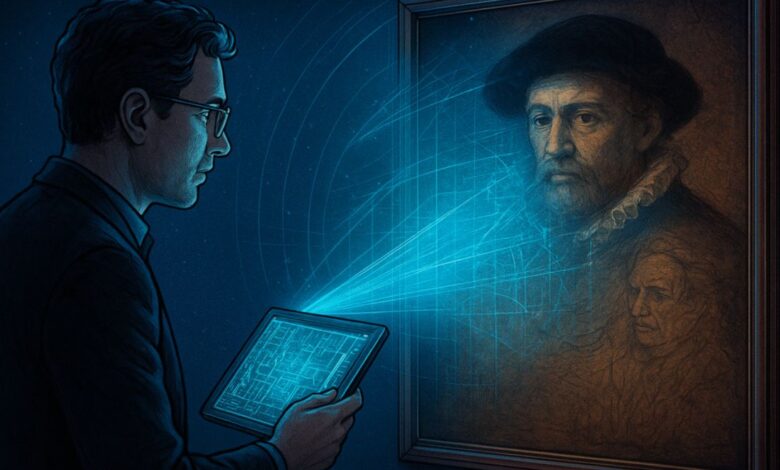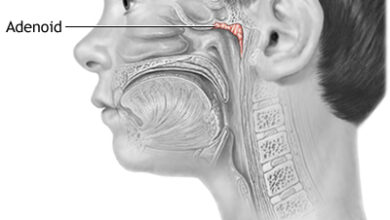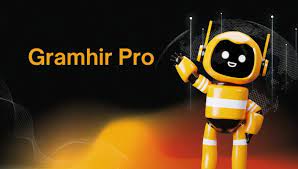Jeroen Dik: Pioneering the Future of Art and Technology

Jeroen Dik is a renowned art historian, conservation scientist, and professor who has redefined how the world views and preserves art. Known for blending science and art in groundbreaking ways, Jeroen Dik has played a crucial role in uncovering hidden layers beneath centuries-old masterpieces. His work bridges the gap between historical art techniques and modern technology, offering new insights into the creative process of legendary painters.
In this article, we’ll explore who Jeroen Dik is, his contributions to art conservation, his innovative use of scientific tools, and how his discoveries continue to shape the future of cultural heritage preservation.
The Early Life and Academic Background of Jeroen Dik
Jeroen Dik’s academic journey is as fascinating as his discoveries. He earned his degree in art history and further specialized in materials science, allowing him to understand artworks not only as visual expressions but also as complex chemical compositions. This unique combination of disciplines helped Jeroen Dik gain a distinctive perspective—one that merges artistic appreciation with scientific precision.
After completing his education, he joined Delft University of Technology in the Netherlands, where he currently serves as a professor of materials in art and archaeology. At Delft, Jeroen Dik continues to inspire students and researchers by demonstrating how technology can reveal new dimensions of historical art.
Jeroen Dik and the Fusion of Art and Science
One of the most remarkable aspects of Jeroen Dik’s career is his innovative fusion of art and science. While traditional art historians study the visual and stylistic aspects of paintings, Dik goes beyond the surface—literally. By using advanced imaging technologies such as X-ray fluorescence (XRF) scanning and hyperspectral imaging, he uncovers hidden details, underdrawings, and even entire paintings beneath visible layers.
This scientific approach allows art experts to study how artists modified their work during creation, what materials they used, and how these materials have aged over time. Jeroen Dik’s methods have become a blueprint for modern art conservation around the world.
Groundbreaking Discoveries by Jeroen Dik
Jeroen Dik gained global attention when he and his team discovered a hidden portrait beneath one of Vincent van Gogh’s famous works. Using cutting-edge XRF scanning, Dik revealed an unknown woman’s portrait concealed beneath Van Gogh’s Patch of Grass. This revelation not only made headlines but also showcased the immense potential of technology in art restoration and analysis.
Through similar techniques, Jeroen Dik has uncovered multiple hidden compositions and underlying sketches in paintings by other renowned artists. His discoveries have deepened our understanding of artistic evolution, demonstrating how painters like Van Gogh and Rembrandt continually refined their techniques.
The Role of Technology in Jeroen Dik’s Research
Technology plays a central role in Jeroen Dik’s work. He often collaborates with engineers, chemists, and digital imaging specialists to create advanced instruments for art analysis. One of his notable achievements includes developing portable scanners that can be taken directly to museums or archaeological sites. This innovation eliminates the need to move fragile paintings, reducing risks during examination.
By integrating 3D scanning, chemical mapping, and data visualization, Jeroen Dik transforms scientific data into visually engaging insights. This interdisciplinary approach has changed how curators, conservators, and scholars approach historical research.
Jeroen Dik’s Impact on Art Conservation
Art conservation is no longer limited to cleaning or preserving artwork; it now involves understanding the artist’s materials, methods, and intent. Jeroen Dik’s research has reshaped conservation strategies by providing precise information about pigments, binding media, and layer structures.
His studies have allowed restorers to use more accurate materials and techniques that align with the artist’s original vision. Museums worldwide, including the Rijksmuseum and the Van Gogh Museum, have collaborated with Jeroen Dik to analyze and preserve priceless works using his advanced imaging methods.
Education and Mentorship by Jeroen Dik
Beyond his research, Jeroen Dik is deeply committed to education and mentorship. At Delft University, he guides students in combining art history with modern science. His courses encourage young researchers to think innovatively and apply technology to solve complex problems in the cultural heritage sector.
Dik’s interdisciplinary teaching approach ensures that future generations of conservators and historians are well-equipped to continue exploring the intersection of art and technology.
The Global Influence of Jeroen Dik
Jeroen Dik’s influence extends far beyond the Netherlands. His research collaborations span across Europe, the United States, and Asia, where institutions adopt his imaging methods for local art conservation projects.
He has been featured in documentaries, academic conferences, and exhibitions that highlight the fusion of technology and art history. Through his international outreach, Jeroen Dik has become a leading voice in the global movement toward scientific art analysis.
Future of Art Research: Jeroen Dik’s Vision
Jeroen Dik continues to push boundaries with his vision for the future of art and technology. He envisions a world where all major artworks are digitally mapped in 3D with detailed chemical and structural analysis. This would create a permanent record for future generations, preserving cultural heritage even if physical pieces degrade over time.
He also advocates for open-access databases where scientists and historians can share their findings. This collaborative model promotes transparency and global knowledge exchange, further strengthening the connection between science and art.
Conclusion: The Legacy of Jeroen Dik
Jeroen Dik stands at the forefront of a revolution that merges the analytical power of science with the emotional depth of art. His dedication to uncovering hidden stories within paintings has redefined how humanity understands creativity, history, and cultural preservation.
By blending chemistry, physics, and art history, Jeroen Dik has proven that innovation can breathe new life into ancient masterpieces. His groundbreaking research continues to inspire professionals across disciplines and reminds the world that the intersection of art and science is where true discovery happens.




